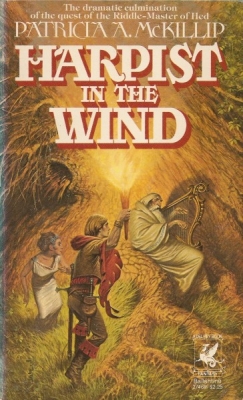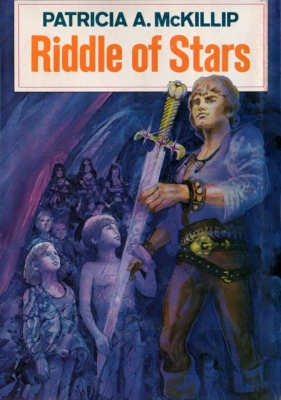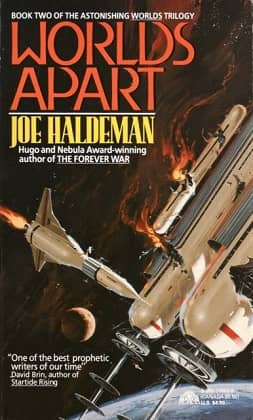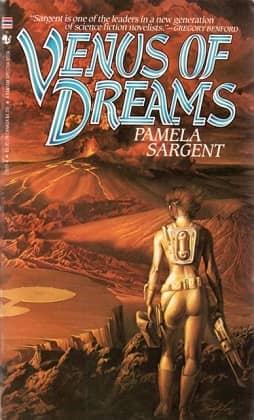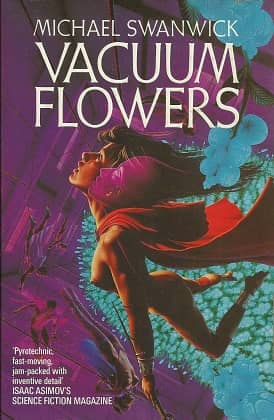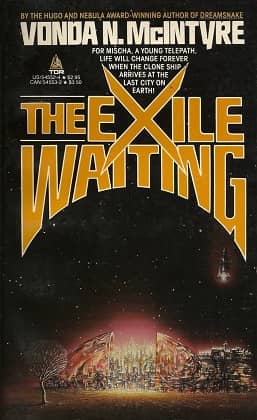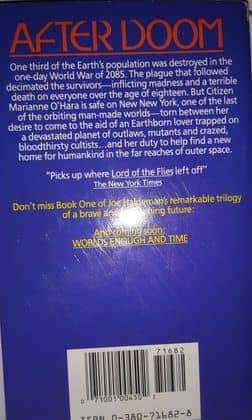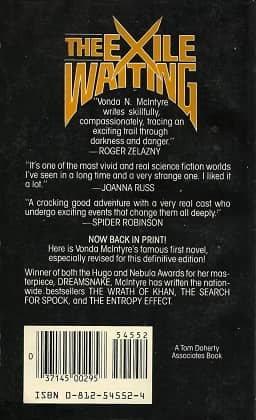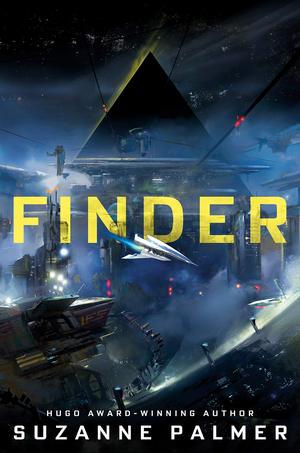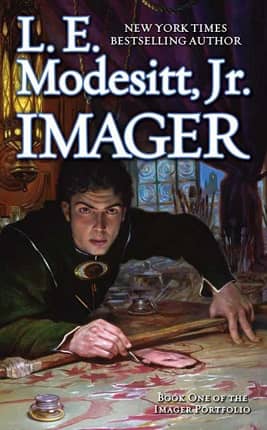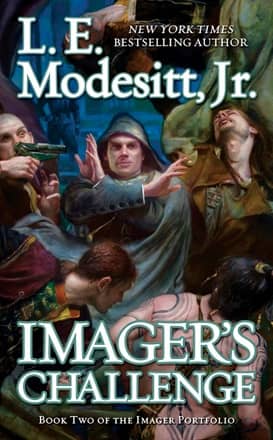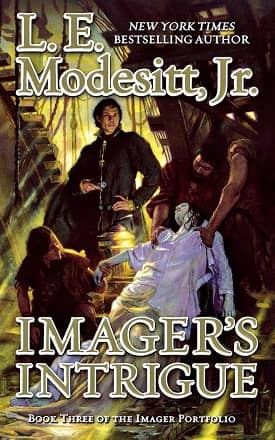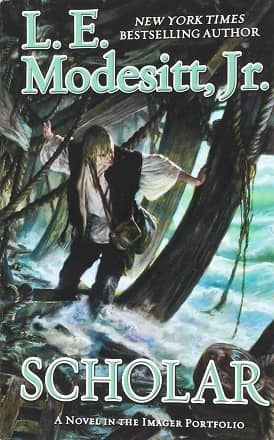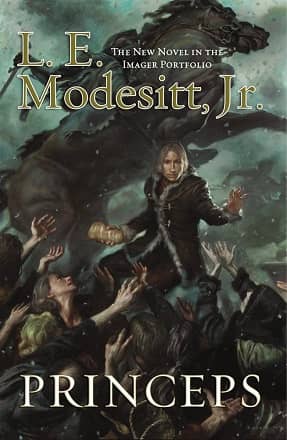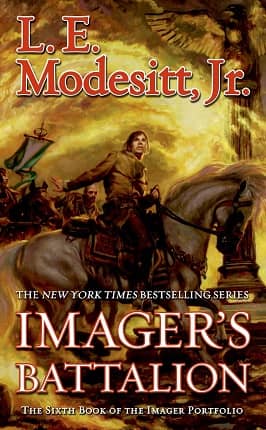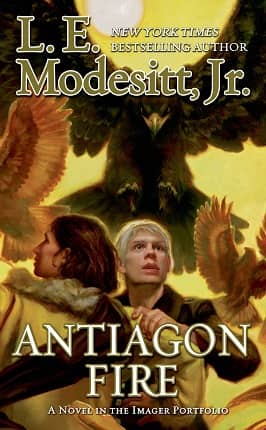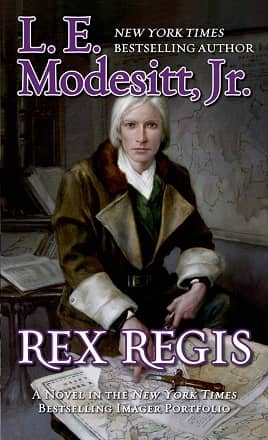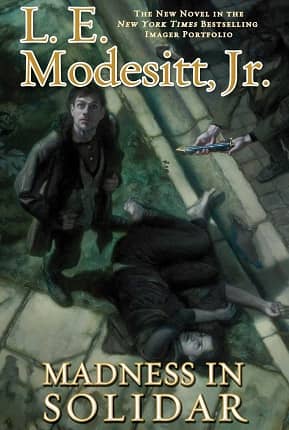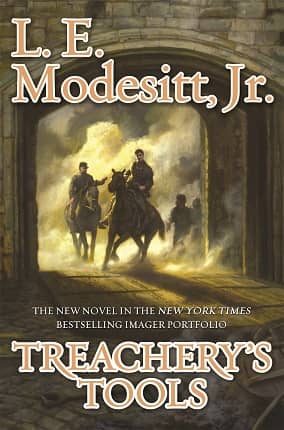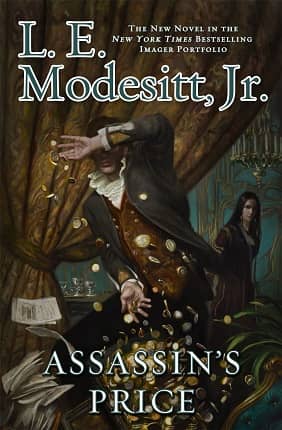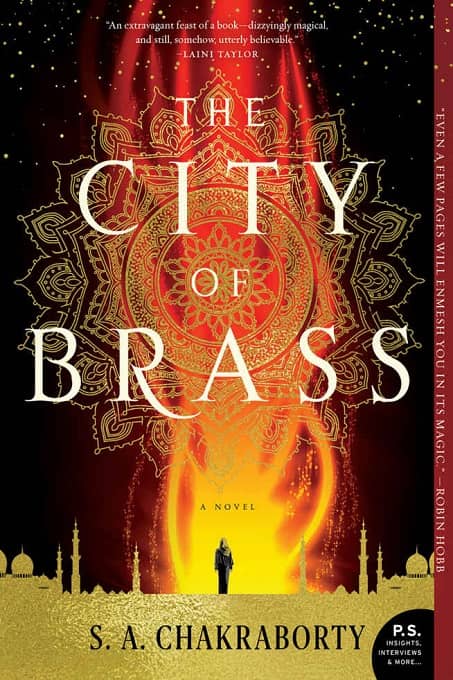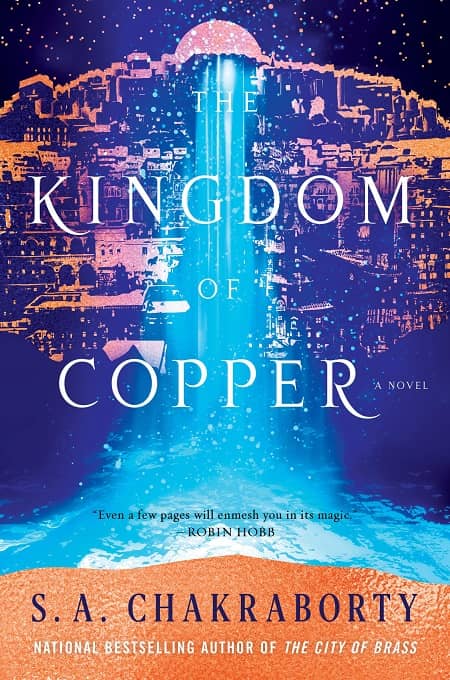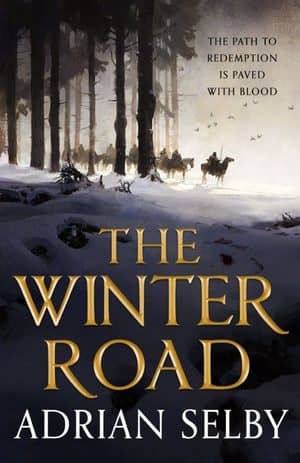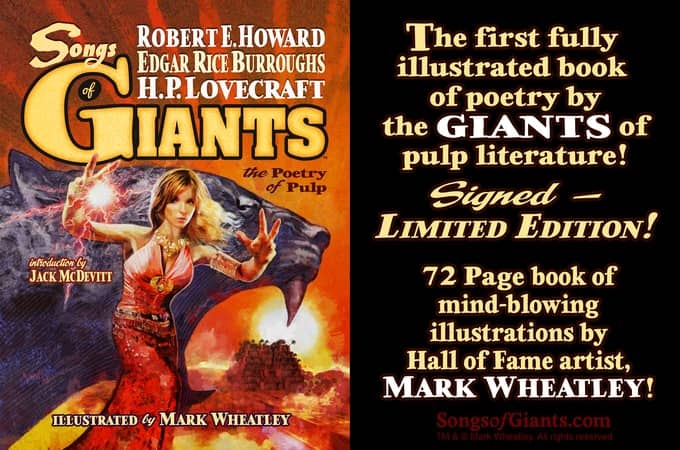Future Treasures: Aurora Rising by Amie Kaufman and Jay Kristoff
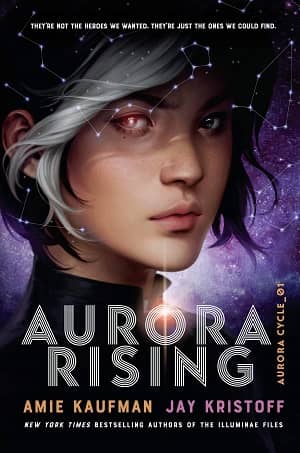 It wasn’t all that long ago — say, about ten years, when it seemed that 80% of the new release shelf in science fiction and fantasy was adult (and often highly adult) paranormal romance — that it seemed that science fiction just wasn’t attracting new readers any more. And especially, there was no market for young adult SF, and no way for young readers to really discover it, except for those lucky few who stumbled on battered copies of the kid-friendly science fiction I found in my youth, by Heinlein, Simak, Asimov, Le Guin, Poul Anderson, and more.
It wasn’t all that long ago — say, about ten years, when it seemed that 80% of the new release shelf in science fiction and fantasy was adult (and often highly adult) paranormal romance — that it seemed that science fiction just wasn’t attracting new readers any more. And especially, there was no market for young adult SF, and no way for young readers to really discover it, except for those lucky few who stumbled on battered copies of the kid-friendly science fiction I found in my youth, by Heinlein, Simak, Asimov, Le Guin, Poul Anderson, and more.
Man, what a difference a decade makes. Thanks to the gargantuan success of The Hunger Games, Harry Potter, Veronica Roth’s Divergent series, and countless others, YA science fiction and fantasy rules in the bookstore. There’s absolutely scads of it. The YA section at my local Barnes & Noble is nearly as big as the entire SF section — and most of it is genre in one way or another.
I think this is fabulous, especially if SF can keep and nurture these readers. One way to do that it to make sure they know they’re reading science fiction, and not dystopian fiction, or whatever they call it these days. That’s why I’m especially interested in books like the upcoming Aurora Rising, from the the New York Times bestselling writing team of The Illuminae Files, which looks, feels and smells just like SF. Young readers who enjoy this book will come back looking for more space adventure, and there’s a lot to give them. Here’s the description.
The year is 2380, and the graduating cadets of Aurora Academy are being assigned their first missions. Star pupil Tyler Jones is ready to recruit the squad of his dreams, but his own boneheaded heroism sees him stuck with the dregs nobody else in the academy would touch…
A cocky diplomat with a black belt in sarcasm
A sociopath scientist with a fondness for shooting her bunkmates
A smart-ass tech whiz with the galaxy’s biggest chip on his shoulder
An alien warrior with anger-management issues
A tomboy pilot who’s totally not into him, in case you were wonderingAnd Ty’s squad isn’t even his biggest problem – that’d be Aurora Jie-Lin O’Malley, the girl he’s just rescued from interdimensional space. Trapped in cryo-sleep for two centuries, Auri is a girl out of time and out of her depth. But she could be the catalyst that starts a war millions of years in the making, and Tyler’s squad of losers, discipline cases, and misfits might just be the last hope for the entire galaxy.
NOBODY PANIC.
Aurora Rising will be published by Knopf Books on May 7, 2019. It is 470 pages, priced at $18.99 in hardcover and $10.99 in digital formats. The cover is by Charlie Bowater.

